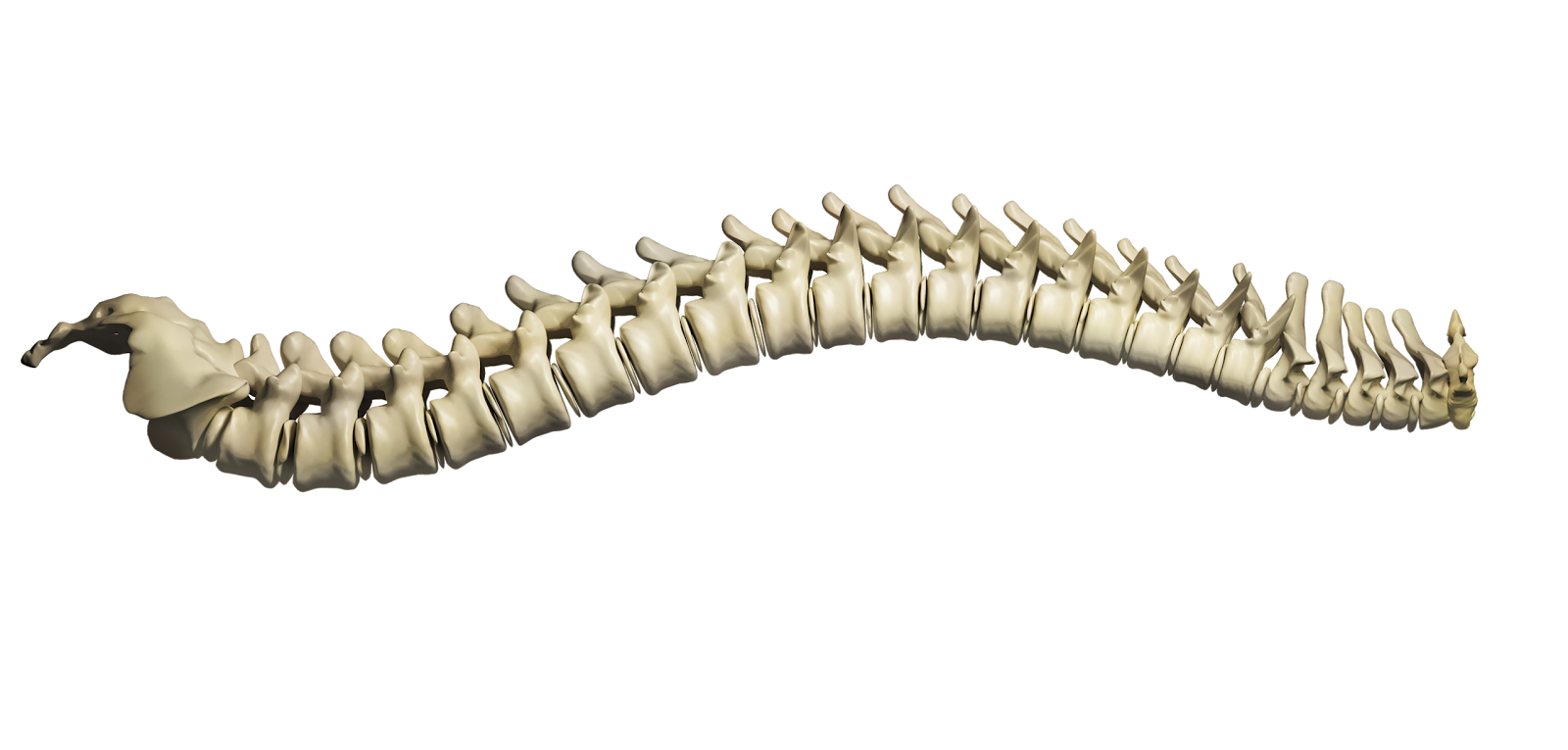“But our current temperatures are increasing much faster than in the past”
Idea of slow climate change in the past is flawed, researchers say
Nov. 11, 2015
NUREMBERG, Germany, Nov. 11 (UPI) — Climate scientists have mostly been operating under the assumption that climate change in the past happened at a much slower pace than the changes being witnessed today. But researchers in Germany say that assumption is false.
Though the scarcity of proper geologic records inhibits the study of climate changes over short periods of prehistoric time, it’s a mistake to assume the absence of rapid change. Accelerated climate change in the past, scientists from the University of Erlangen-Nuremberg argue, may be invisible, but it’s not absent.
As explained in new paper on the subject, published in the journal Nature Communications, the issue is perspective.
Modern climate change is studied in precise increments of time, allowing researchers to see the sharp rise in temperature and greenhouse gas concentrations. But periods of climatic change from the past are viewed with a wide angle lens.
“Today we can measure the smallest fluctuations in climate whenever they occur,” climate scientist Kilian Eichenseer explained in a press release. “Yet when we look at geological history we’re lucky if we can determine a change in climate over a period of ten thousand years.”
Eichenseer and his colleagues say the speed of climate change in the past was likely similar to today. It isn’t the rate of climate change that’s changed, but our view of time.
Maximum rates of climate change are systematically underestimated in the geological record
David B. Kemp, Kilian Eichenseer & Wolfgang Kiessling
Nature Communications 6, Article number: 8890 doi:10.1038/ncomms9890
Received 29 May 2015 Accepted 02 October 2015 Published 10 November 2015
Abstract
Recently observed rates of environmental change are typically much higher than those inferred for the geological past. At the same time, the magnitudes of ancient changes were often substantially greater than those established in recent history. The most pertinent disparity, however, between recent and geological rates is the timespan over which the rates are measured, which typically differ by several orders of magnitude. Here we show that rates of marked temperature changes inferred from proxy data in Earth history scale with measurement timespan as an approximate power law across nearly six orders of magnitude (102 to >107 years). This scaling reveals how climate signals measured in the geological record alias transient variability, even during the most pronounced climatic perturbations of the Phanerozoic. Our findings indicate that the true attainable pace of climate change on timescales of greatest societal relevance is underestimated in geological archives.
extract from Introduction
Determining the pace and magnitude of ancient climate change is reliant on the accuracy and validity of palaeotemperature proxies, the accuracy of dating methods and the fidelity of the stratigraphic record for recording climate.. These considerations temper the ability to compare directly ancient and modern rates of change. Nevertheless, the clearest disparity between recent and geological assessments of climate change is the attainable temporal resolution at which changes can be identified and rates determined. A compilation of 194 published oceanic and continental temperature changes spanning the Ordovician period (476 Myr ago) to the present provides a holistic picture of the attainable magnitude and rate of both warming and cooling episodes through Earth history across a range of measurement timespans. We demonstrate that magnitudes and rates of geological temperature changes in this compilation exhibit power law scaling with timespan, emphasising how geological data alias short-term climate variability. Consequently, the true attainable pace of ancient climate change may be commonly underestimated, compromising our understanding of the relative pace (and severity) of both ancient and recent climate change.
extract from Discussion
Analysis and discussion of geological and recent climate variability has hitherto failed to acknowledge timespan-dependent scaling as a first order control on the observable magnitude and rate of climate change. This has consequences for accurately assessing the impacts of climate change on life. For example, the niche evolution of vertebrates, inferred from ancestor–descendant comparisons over millions of years, has been contrasted with projected rates of climate change in this century to conclude that the rate of warming exceeds the adaptive potential of animals by orders of magnitude. Our work indicates instead that geological episodes of climatic or evolutionary change likely fail to capture the true pace of changes on timescales of most relevance for understanding the impact of similar changes today. Implicitly, our findings also mean that caution must be exercised when describing recent temperature changes as unprecedented in the context of geological rates. If rates of change are to be meaningfully interpreted, then the measurement timespan must be explicitly specified.



